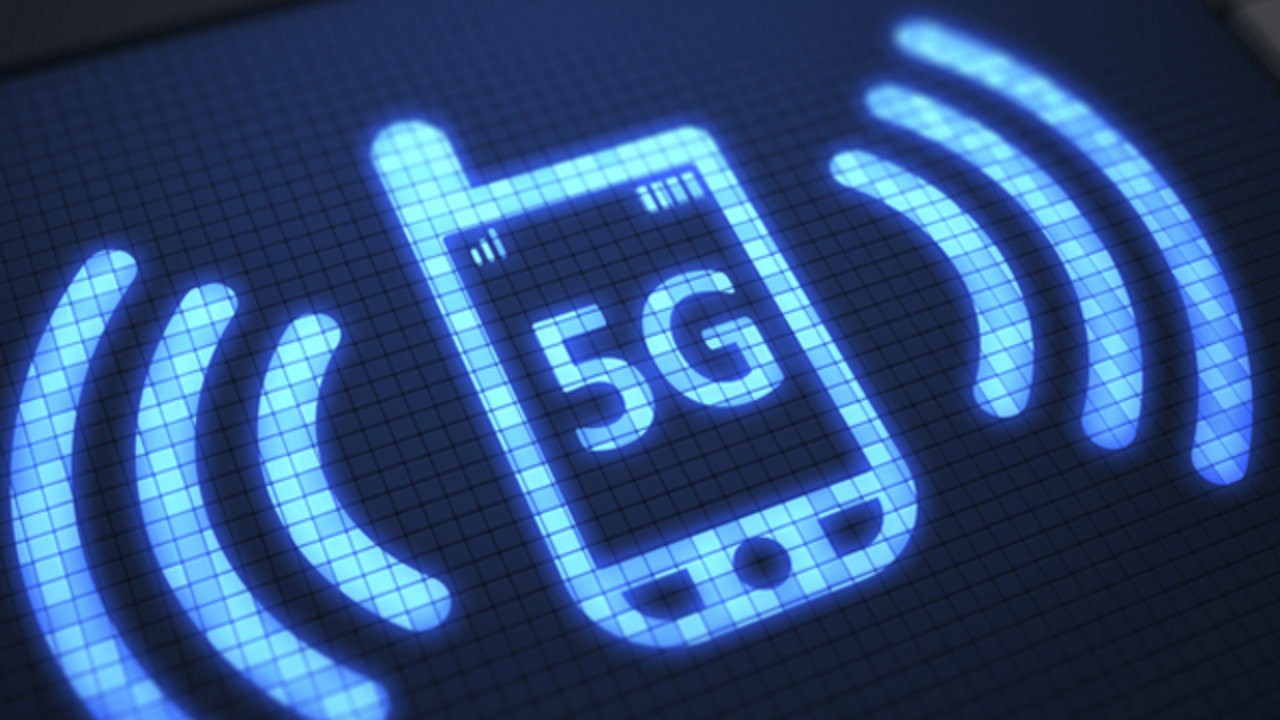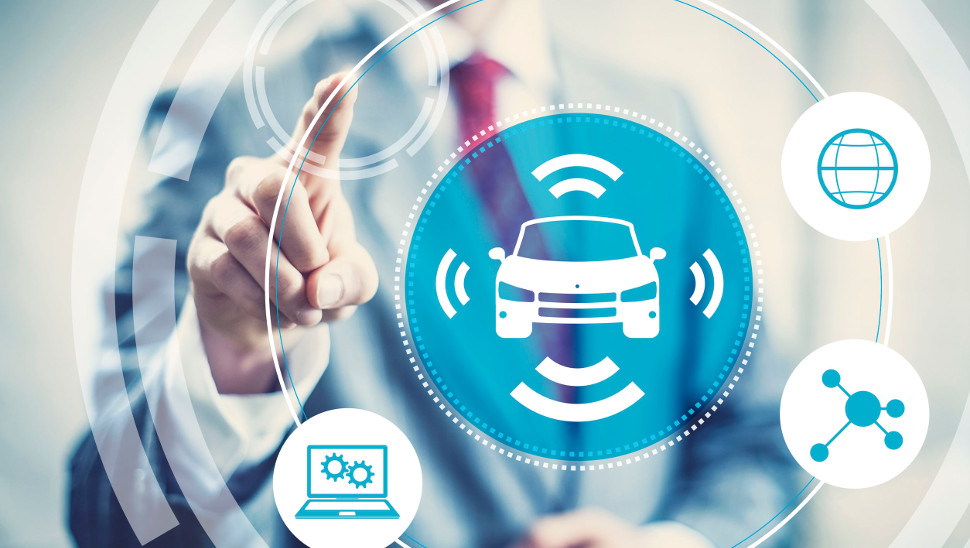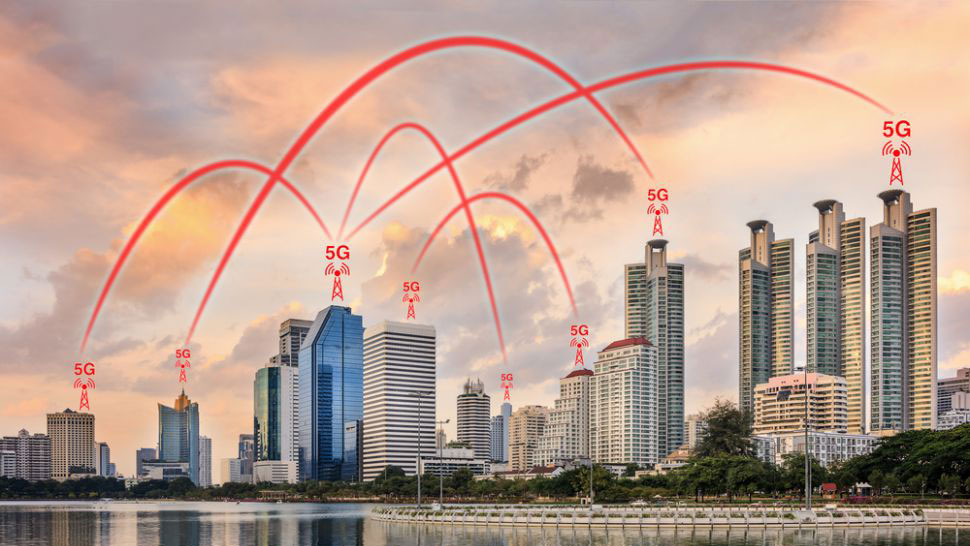The coming 5G revolution
How the next generation of mobile connectivity will bring emerging technologies to life

The next generation of mobile internet connectivity, 5G, is expected to officially launch worldwide by 2020. Each generation of mobile internet has brought significant speed and performance boosts to user devices but 5G is also expected to enable emerging technologies such as autonomous vehicles and the Internet of Things (IoT) to finally become a reality for both businesses and consumers.
To better understand why commercial service providers believe 5G will be disruptive and innovative as opposed to just an evolution of 4G, TechRadar Pro spoke with InterDigital Labs’ Director of 5G Standards and Systems Diana Pani.

1. Why are commercial service providers so excited about the rollout of 5G?
As with other generations of wireless, commercial service providers are eager to deliver new services and grow their business. With 2G, we saw the advent of voice and SMS and 3G further delivered the initial promise of personal mobile computing. With 4G and the launch of the smartphone, we moved to an of era of data communications.
5G will be the most transformational, because not only will it deliver faster and enhanced mobile broadband (eMBB) to consumers, it will enable hyper-connectivity between machines, people and things and boost a range of new technologies and industrial capabilities. Ultra-reliability and low latency communications, one of the key components of 5G will advance IoT applications and enable new industry-specific wireless applications. For example, it will deliver the promise of connected cars and other smart “moving things” as they require a new level of intelligence delivered to the network edge.
2. How do US companies view the short and long-term business opportunities of 5G and how does this differ from the rest of the world?
According to a recent Heavy Reading Operator Survey, commissioned by InterDigital, there are striking differences between the U.S. and the rest of the world when it comes to 5G expectations. For example, a majority (52%) of U.S. respondents see “faster end-user speeds” as the biggest benefit over the next five years, whereas 41% percent of rest-of-world respondents identified “new services and eco-system expansion” as the primary commercial benefit during the same timeframe.
3. Do you believe 5G will be disruptive and innovative or is it just the next evolution after 4G?
As someone who has been involved in developing 3GPP standards for the past 10 years, I’m particularly encouraged by the innovation being inspired by 5G. While it’s wonderful to see the first 5G services set for launch next year, I’m looking forward to the research, development and trials that are happening in the near-term to change the face of wireless communications in the next five to seven years. There are some brilliant minds working together from across the world to add to 4G capabilities and advance some 5G-only innovations. I expect this work will significantly improve and change connected experiences for consumers, businesses and our global society.

4. How long do you think it will take 5G to become a mass-market service?
The rollout will begin in the New Year, but it will take three-to-five more years for the technology and standards-development to move to mass market commercial deployment. Certainly, we’re poised to begin to see limited fixed and mobile wireless services with faster, 5G components, but the vision of autonomous vehicles and networks designed to service specific vertical industry requirements are a bit further out on the horizon.
5. How can businesses better prepare themselves for the launch of 5G?
Operators are already preparing their networks – through trials and technology upgrades to accommodate the move from a 4G to 5G world and associated new business opportunities. In many cases, businesses and governments are participating in trials to better understand what works and what’s needed to ready their environments for new business use cases. I encourage everyone – from individuals to working groups to businesses and governments - to keep their fingers on the pulse of 5G developments, so they can envision and experience the possibilities.
To better understand and prepare for a 5G evolution, businesses should actively discuss with operators and other vendors who are building the technology today. It’s incumbent on vendors and operators to show what can be done and how it will advance new business opportunities such as smart manufacturing and other Industry 4.0 initiatives. Governments also will need to create a fertile regulatory environment and access to spectrum to enable the technology to develop and flourish. That’s how innovation happens.

6. Do you believe that 5G will play a crucial role in the deployment of autonomous vehicles and the development of smart cities?
Absolutely, these are opportunities that are sure to advance as 5G technologies develop.
Smart Cities will be able to better collect and process data to more efficiently monitor and control city resources, and to provide new and improved services to residents. Such services, include, road traffic, electric and water systems, waste management, public safety, schools, and other services. The components of 5G, including ultra-reliability, extreme low latency, network slicing, and high data rates will play a crucial role in enabling cities and towns to go wireless. With 5G, we will see an acceleration of these rollouts and initiatives
Autonomous vehicles will absolutely require 5G. Advanced use cases such as autonomous driving, platooning, extended sensors, etc., have very precise requirements. The evolution of 5G will provide the right tools to enable this technology including direct and secure communication between vehicles, accurate positioning, and a new level of reliability and low latency required for such critical communications.

7. Which industries do you see adopting 5G technology first?
Retailing and manufacturing will be at the forefront of the development and adoption, but we’re also seeing high interest for health, transport, construction, utilities etc. One of the most exciting opportunities for 5G is that it will achieve the true potential of Industry 4.0, by delivering the promise of reconfigurable factories, mobile robots, time sensitive networks, connecting moving parts, lower maintenance cost, etc. The combination of 5G and new computing powers such as artificial intelligence (AI), Edge services, powerful processing, and enhanced security will be essential for true industrial transformation.
We see a strong correlation between industry adoption of 5G technology and the notion of network slicing – to assign specific network architectures and paths to serve industry-specific applications. Attitudes towards network slicing among mobile network operators was positive according to the Heavy Reading Operator Survey with a majority (53%) reporting that they plan to deploy end-to-end slicing for “key vertical customers.”
Diana Pani, Director of 5G Standards and Systems at InterDigital Labs
- Interested in 5G? This is everything you need to know about 5G
Are you a pro? Subscribe to our newsletter
Sign up to the TechRadar Pro newsletter to get all the top news, opinion, features and guidance your business needs to succeed!
